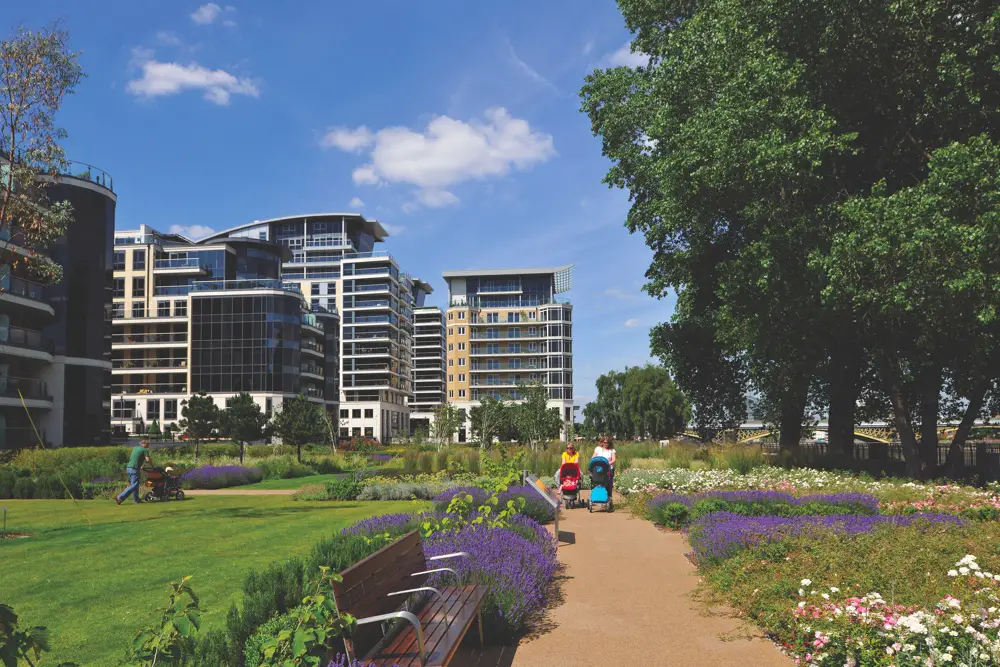When The Subway Stood Still: Surviving Buenos Aires’s Longest-Ever Subway Closure
Friday 3 August: “Porteños Brace For Four Days Without Subte” reads the headlines of all the major papers in Buenos Aires. Here we go again, I think to myself. So far this year the Subte – Buenos Aires’s subway – has already been closed five times, the result of an ongoing feud between the federal government of Argentina, the Buenos Aires city government, the private company contracted to run the subways, and of course, the subway workers’ union.
This year, the subway was supposed to change hands from the federal government to the city. However, after taking charge of the subway for just enough time to double the price of a subway ticket, Buenos Aires’s chief of government Mauricio Macri decided that the city being in control of the subway wasn’t such a good idea after all. The subways went back to being under de facto federal control, though the higher fares remained in place. Ever since, the only agreement the two governments have come to is that neither wants to pay the subsidies the subway has come to rely on.
This time the strike is scheduled to last until next Tuesday.
Monday 6 August: The weekend goes relatively smoothly. Like most other Latin American cities, in Buenos Aires the only institutions doing any business on Sundays are its Catholic churches. But the tense anticipation of what will happen the next day has everyone preoccupied. On Monday, I take advantage of the fact that my schedule as an English teacher keeps me near where I live and walk to work. As I pass the subway station near my house, I check to see if it really is still closed. Yep.
Tuesday 7 August: I have a bicycle, which I don’t use as much as I should due to the disturbingly high likelihood of being flattened by a bus while riding around town. A couple of near death experiences while pedalling through the city have prompted me to make the bulk of my trips by bus or subway, but today biking is the best option. So I set out to work. The streets appear normal, until I arrive at the main thoroughfare near where I live. As I approach, I notice a larger quantity of honking and obscenities wafting over the neighbourhood buildings than normal. Traffic, while not totally frozen, is sluggish.
I turn off to take one of the bicisendas, Buenos Aires’s urban bike paths. The bicisendas offer bicyclists something of a safe haven from the chaos on the rest of the street, when they’re not being blocked by opportunistic truck owners who view them as free parking. I arrive on time at my class to find out that the strike has been prolonged to Thursday. Headlines confirm the same – the subways will be closed another two days.
Wednesday 8 August: The Porteños have a word for the state their city is in: kilombo. An ungodly mess. I spend the morning listening to radio announcers groan about the closure as I shop in a local market. Apparently, negotiations between all parties continue, but until everyone gets what they want, we all get what nobody wants. Fortunately, Mauricio Macri has the solution. He has decided put the city’s school buses to service duplicating the routes that the subways take. The problem with this, however, is that the school buses still have to pick up school kids, so they can only be used from 10 AM to 2 PM and after 5, which does nothing for the morning rush. But with my next class not starting until 1 PM, I take the bus. Mistake. The bus takes ten minutes longer to arrive than normal, and we’re kicked off at Plaza Miserere, which is only half way to where I need to go. Miserere indeed. After piling into another overcrowded bus, I finally arrive, 30 minutes late.
Leaving my class, I decide to travel back by suburban train (fortunately these are still running). The train is just as packed as the bus but it makes less stops. The ride goes quickly but I have to walk ten extra blocks after getting off.
Friday 10 August: The strike continues, and as of today, the subway closure becomes the longest in Buenos Aires’s history. At this point people have accepted the chaos of a subway-free Buenos Aires as part of their daily routine. Homeless people have set up camp in the abandoned subway portals. At some point during the day, it’s announced that the subway will be closed during the weekend. When the closure began a week earlier, I had no idea it would still be going on as I prepared to leave for vacation in Chile. I stop to consider whether it will still be going on when I get back.
Tuesday 14 August: From Mendoza, on the other side of the country, the headlines sink in with as much force as I imagine they do back in Buenos Aires. “Roll, My Love,” reads one paper. After ten days of closure the trains are finally running again. The solution is temporary; authorities have agreed to some of the workers’ conditions but refuse to extend them indefinitely. But Porteños are so overjoyed to have their subway back, they are willing to forget the real possibility it could be shut down again at a moment’s notice.
Wednesday 22 August: Arriving home from Chile I find the subway has been back for a week now, but for me it’s been a total of nineteen days since I’ve been able to ride. It is, without a doubt, a romantic experience. The once meddlesome calls of panhandlers sound more like music, the graffiti that covers the trains like works of fine art and the pungent aroma of oil and sweat tingles my nostrils as if it were an expensive French perfume.
Thursday 30 August: The subway closure quickly recedes from the spotlight of current events, but remains a favourite topic of discussion among friends. I go to a birthday party and after the candles are snuffed out, we all exchange stories about what we did during the subway strike, agreeing that it was a kilombo of biblical proportions.
In Buenos Aires, a city that loves to complain, no one will forget the week the Subte stood still.


